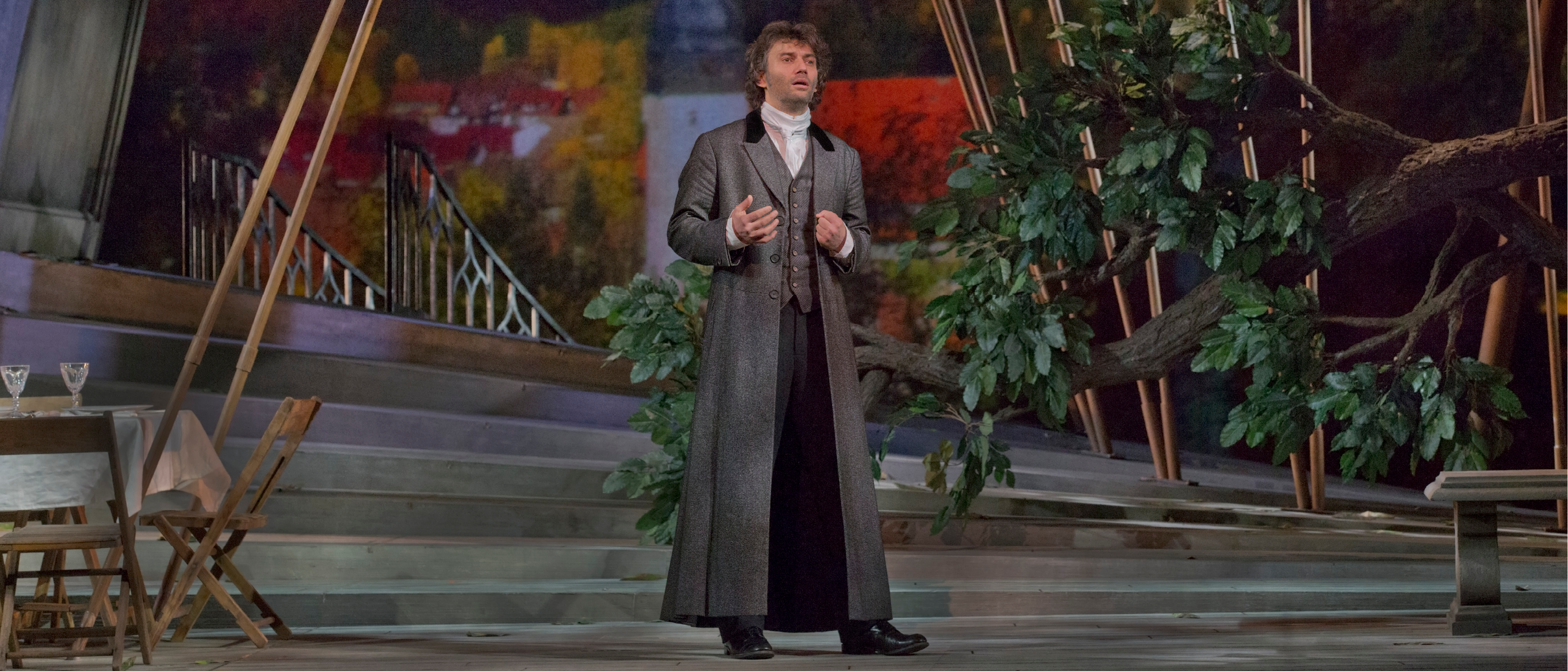
Johann Wolfgang von Goethe
1749
On August 28, Johann Wolfgang von Goethe is born in Frankfurt am Main. His father is a lawyer and hopes that his son will follow in his footsteps.
1765
In accordance with his father’s wishes, Goethe moves to Leipzig to study law. Yet he is already interested in literature, and in 1767, inspired by his love for one Anna Katharina Schönkopf, Goethe will publish his first volume of poetry.
1768
Goethe returns to Frankfurt. A lifelong polymath, he begins to study philosophy, science, and art. He also expresses an interest in alchemy.
1770
Goethe returns to law school, this time in Strasbourg. In a seeming repeat of his experience in Leipzig, he once again publishes a volume of poetry inspired by his love for a young woman. This time, the woman in question is Friedericke Brion, a pastor’s daughter.
1772
While working as a lawyer in Wetzlar, Goethe strikes up a friendship with two local court secretaries, Christian Kestner and Karl Wilhelm Jerusalem—along with Kestner’s fiancée, Charlotte Buff. The turbulent events of this summer will inspire his first novel, The Sorrows of Young Werther.
This same year, Goethe begins working on a drama based on the story of Faust. He will work on the play, on and off, for the next six decades. Over the next few years, he will also strike up friendships with many of the most influential poets of the Sturm und Drang movement.
1774
The Sorrows of Young Werther is published. It is an immediate hit across Europe.
1775
Goethe is offered a position as an advisor to Grand Duke Karl August at the court of Weimar. His courtly duties keep him busy, and he will finish no major literary project during the next decade. He does, however, manage to undertake studies in anatomy and mineralogy.
In the meantime, Goethe’s romantic entanglements continue. In 1775, he falls in love with a young woman named Lili Schönemann and proposes to her, but he soon breaks off the engagement. In November of the same year, he makes the acquaintance of Charlotte von Stein, the wife of another employee at the Weimar court. Goethe and Stein will remain close friends for much of his life.
1786
Without taking leave of either his employer or his friends, Goethe abandons Weimar and spends two years traveling in Italy under a pseudonym. Inspired by the art of both Renaissance Italy and Classical antiquity, Goethe considers becoming an artist.
1788
Goethe returns to Weimar. The time away has been good for his productivity, and in the second half of the 1780s he completes several plays and publishes another collection of poetry.
1790
Goethe publishes the first volume of Faust.
1791
Goethe is appointed director of the Weimar Court Theater. Although he will travel extensively over the coming decades, he will retain the position until 1817.
1792–93
Grand Duke Karl August leads the Prussian military on several campaigns against Napoleon’s troops. Goethe often accompanies him.
1806
Goethe finally gets married. The bride is Christiane Vulpius, a young woman who works in Weimar’s artificial flower factories. This same year, the Prussian army is defeated by the French at the Battle of Jena, and Napoleon’s troops invade Weimar.
1808
Although Goethe has long been a trusted advisor of Napoleon’s enemy Grand Duke Karl August, Napoleon is a great admirer of his work. In 1808, the French emperor names the Prussian poet to the French Legion of Honor.
1810
Goethe has continued his studies in a variety of fields, and in 1810 he publishes On Color. Although his theories of color have more to do with art, philosophy, and perception than with science, the work will be highly influential in the 19th century.
1811
The first volume of Goethe’s poetry collection Poetry and Truth is published. Two more volumes will be published in 1812 and 1813.
1812
Goethe meets the composer Ludwig van Beethoven.
1816
Goethe’s wife Christiane dies.
1823
Visiting the spa town of Marienbad, Goethe meets and falls in love with the teenage Ulrike von Levetzow. When she turns down his proposal of marriage, he writes a set of three poems documenting his heartbreak; one of these poems is titled “To Werther.”
1831
Goethe completes the second volume of Faust and the fourth volume of Poetry and Truth. Both works will be published posthumously.
1832
Goethe dies on March 22. He is buried in Weimar.
Critical Inquiry
Why might Goethe have written a poem “to Werther” following his rejection by Ulrike von Levetzow? Can you think of any other artists who use events from their own lives to inspire their work?